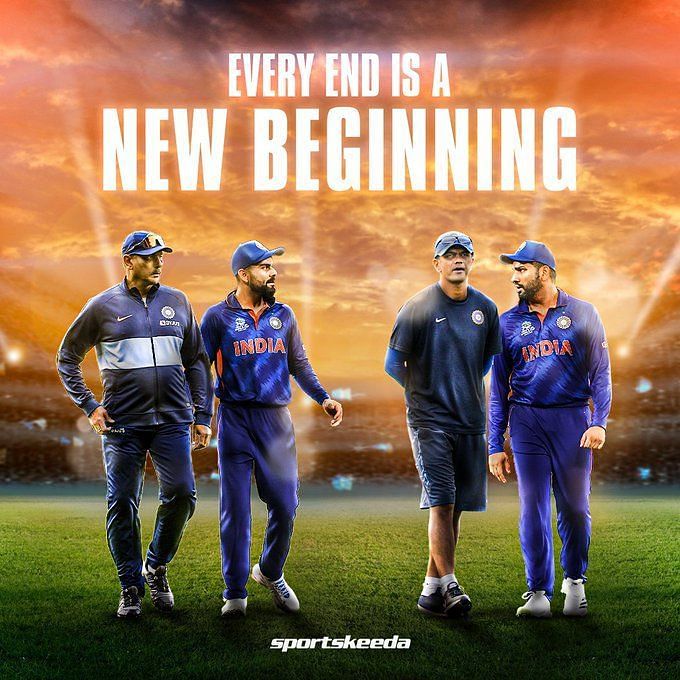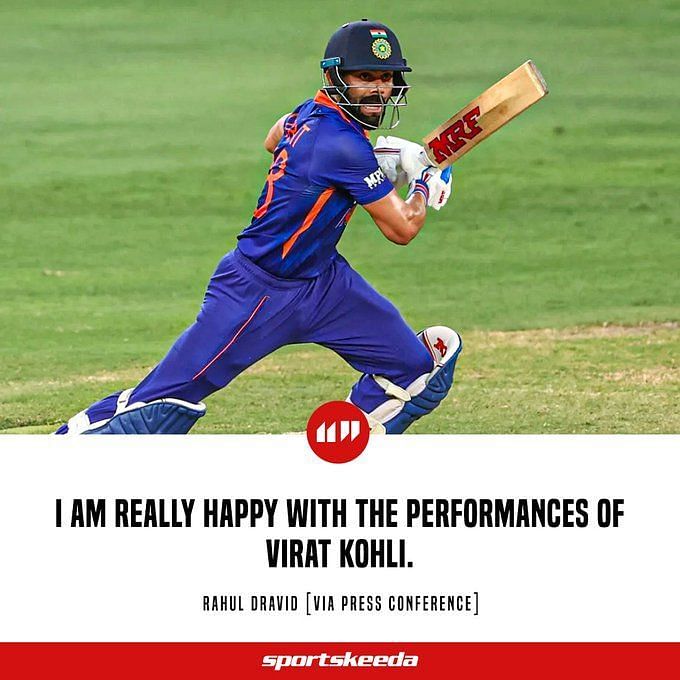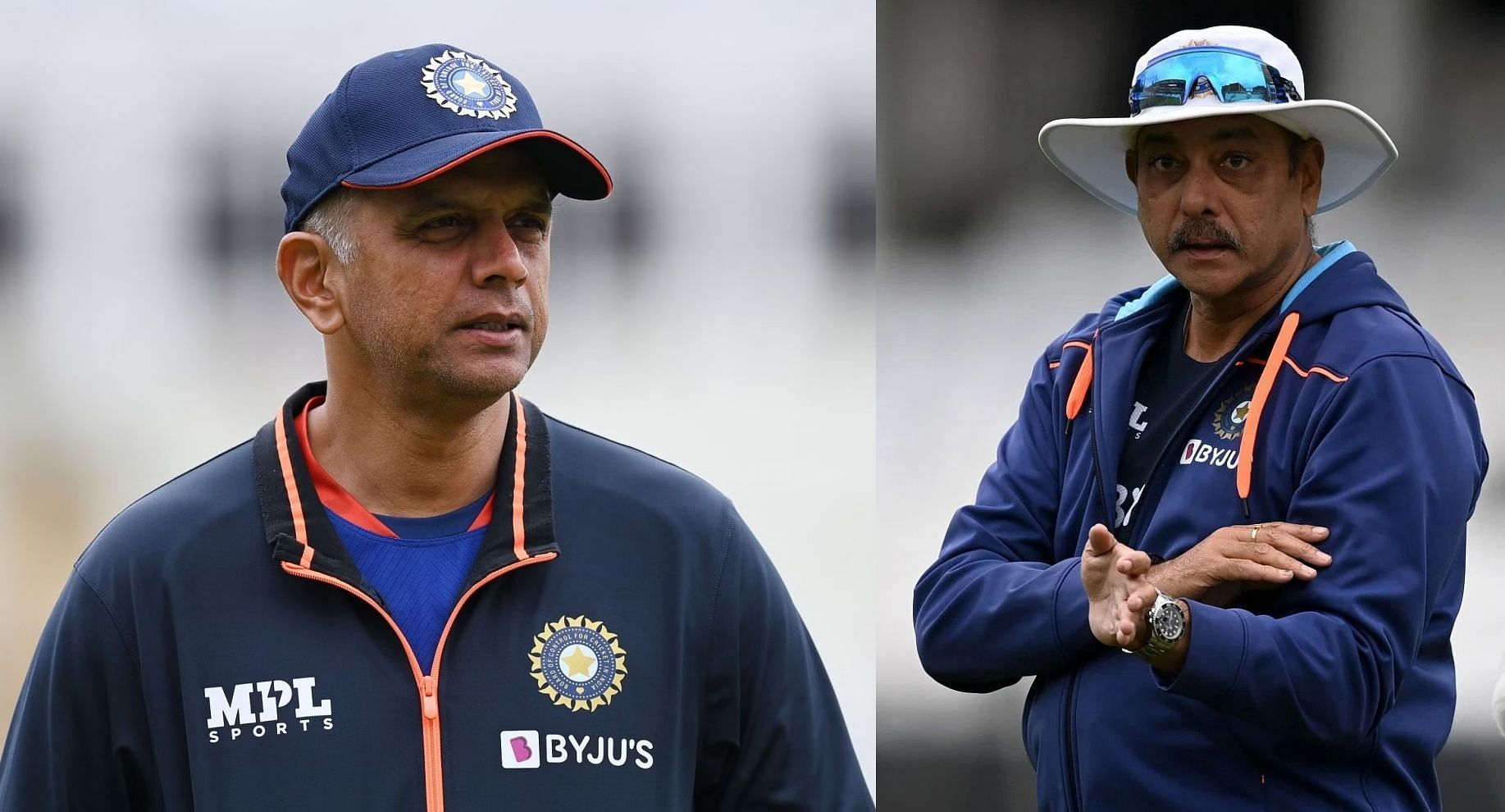
5 clear differences between Rahul Dravid and Ravi Shastri's coaching styles so far
When Rahul Dravid took over as full-time Team India coach, replacing Ravi Shastri following the conclusion of the T20 World Cup in the UAE last year, it was quite a surprise, almost a coup of sorts.
The former batter was always seen as a reluctant candidate for the high-pressure job and it was believed he would be content grooming youngsters at the National Cricket Academy (NCA) in Bangalore.
Eventually, though, Dravid came on board as head coach, while another Team India legend, VVS Laxman, replaced him as NCA chief. While the former India captain did a great job of mentoring the next generation of cricketers, coaching the senior team was going to be a different cup of tea. He, however, got the backing of his predecessor Shastri, who asserted that Dravid would only raise the bar.
Time has flown by and the head coach has been in charge for a year now. It’s thus a good time to reflect on how the current coach’s tenure has been different from Shastri’s.
#1 Taking risks vs playing it safe
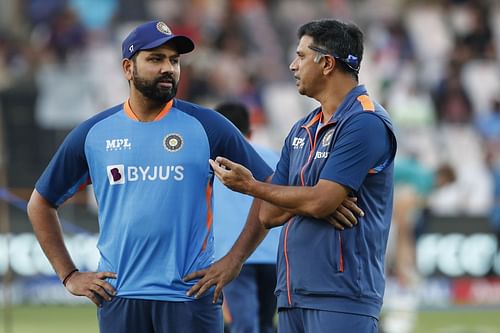
This has been one of the major differences in the coaching styles of Shastri and Dravid. The latter was always seen as someone who liked to take the safe route during his playing days. The same philosophy is reflected in his coaching as well.
Shastri, in combination with Virat Kohli, was open to taking a few risks, even if it meant dropping a vice-captain (Ajinkya Rahane) for a Test match. The Shastri-Kohli combine also backed Jasprit Bumrah as a Test bowler at a time when some critics felt he might not even last the distance in white-ball cricket, owing to his unconventional action.
In contrast, Dravid has preferred to stick to tried and tested players. The likes of Ruturaj Gaikwad and Sanju Samson have had to wait for their chances, even though there have been opportunities to try them out. Even in the T20 World Cup 2022, the think tank’s wait-and-watch approach cost the team dearly.
#2 All-rounders vs genuine pacers

Speaking of tactical philosophies, Shastri and Kohli preferred the aggressive approach and blooded quite a few fast bowlers into the team. They genuinely believed that speed is king. And so, along with Bumrah, the likes of Prasidh Krishna, Navdeep Saini, and T Natarajan were given a decent run at the international level.
Unfortunately, for India, while Krishna and Natarajan have been troubled by injury, Saini has lost some form. However, even before that, Dravid and current skipper Rohit Sharma had shifted to a different track, preferring bowlers who can bat over genuine fast bowlers.
Avesh Khan was shown the door after a few poor games, while Umran Malik has only been recalled after the current think tank exhausted all its resources.
#3 Outspoken vs diplomatic
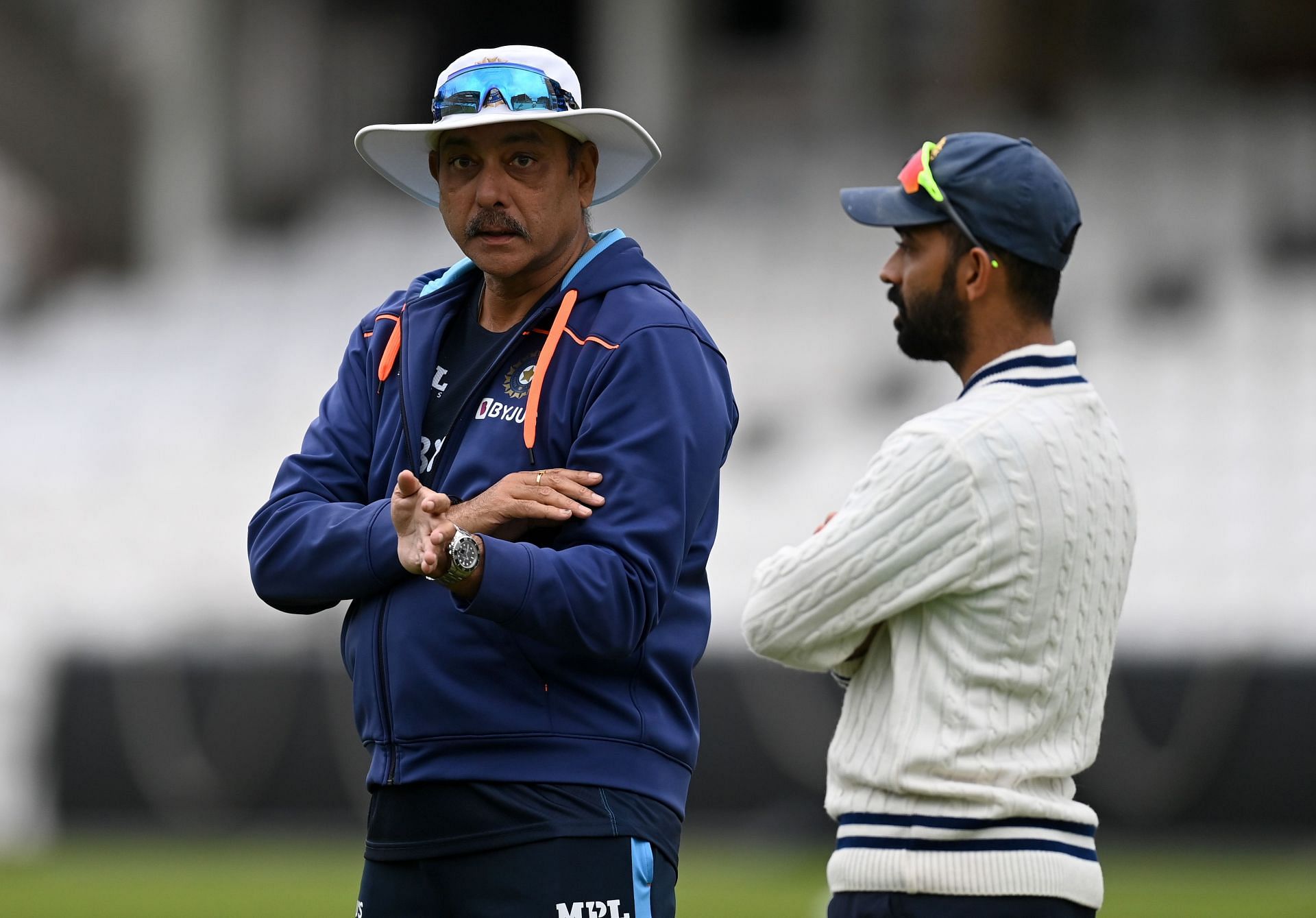
This has been quite an obvious difference, a change that was expected after the new leadership group took over. Right from his playing days, Shastri has been someone who has not bothered speaking his mind, even if it might rub a few people the wrong way.
He had no hesitation in proclaiming that Kuldeep Yadav was the No.1 spinner in the team after he impressed in a Test in Australia. This, even as Ravichandran Ashwin was very much a part of the setup, was suffering from fitness and form issues.
In an interview sometime back, the veteran off-spinner admitted that he was quite shocked by the coach’s statement.
In the above sense, Dravid is the complete antithesis of Shastri as a coach. Even when the whole world was aware that Ravindra Jadeja and Bumrah had been ruled out of the T20 World Cup 2022, the head coach played with a dead bat and refused to confirm anything until an official statement was out!
#4 Energy vs calmness
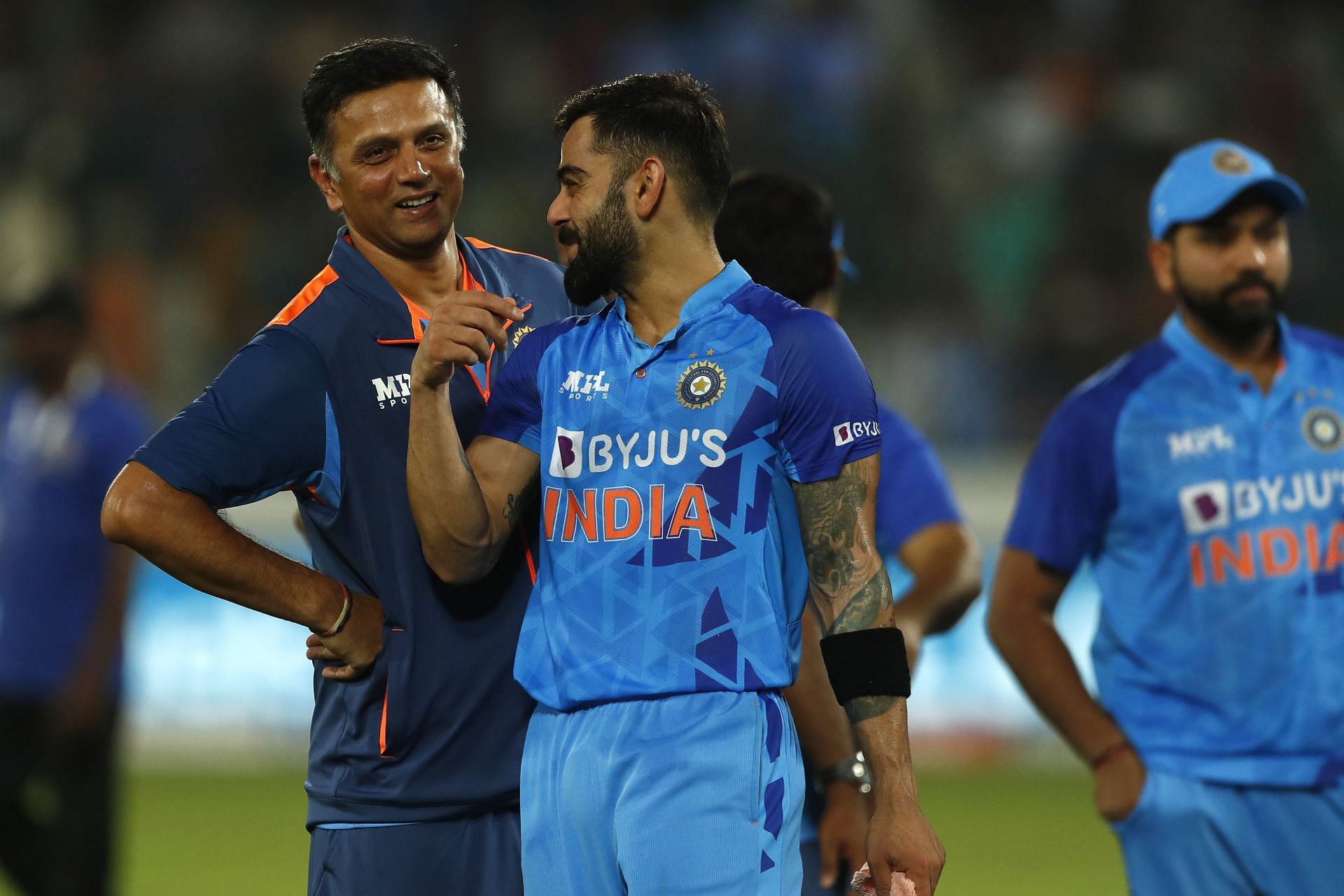
Having varied personalities has been another distinguishing factor in Shastri and Dravid's coaching roles. The former was energetic, emotional and someone who didn’t mind giving a piece of his mind to the players. You can gage his mood from his facial expressions.
In contrast, Dravid has carried on from where he left off on the cricket field. He has maintained a calm demeanor and composure irrespective of the result or state of the game (for the most part!). To quote veteran opener Shikhar Dhawan from a press conference last year:
“They (Dravid and Shastri) both have their own qualities and they both are very positive people. I have spent time with Ravi Bhai (Ravi Shastri) and their ways to motivate are different.
“Ravi Bhai’s energy is a bit strong, whereas Rahul Bhai (Rahul Dravid) is very calm, composed, and strong as well, so everyone has their own way and I enjoy playing under both of them.”
Dhawan’s stint as a part-time white-ball captain coincided with Dravid being named stand-in coach for the tour of Sri Lanka in July last year.
#5 Steering clear of controversies
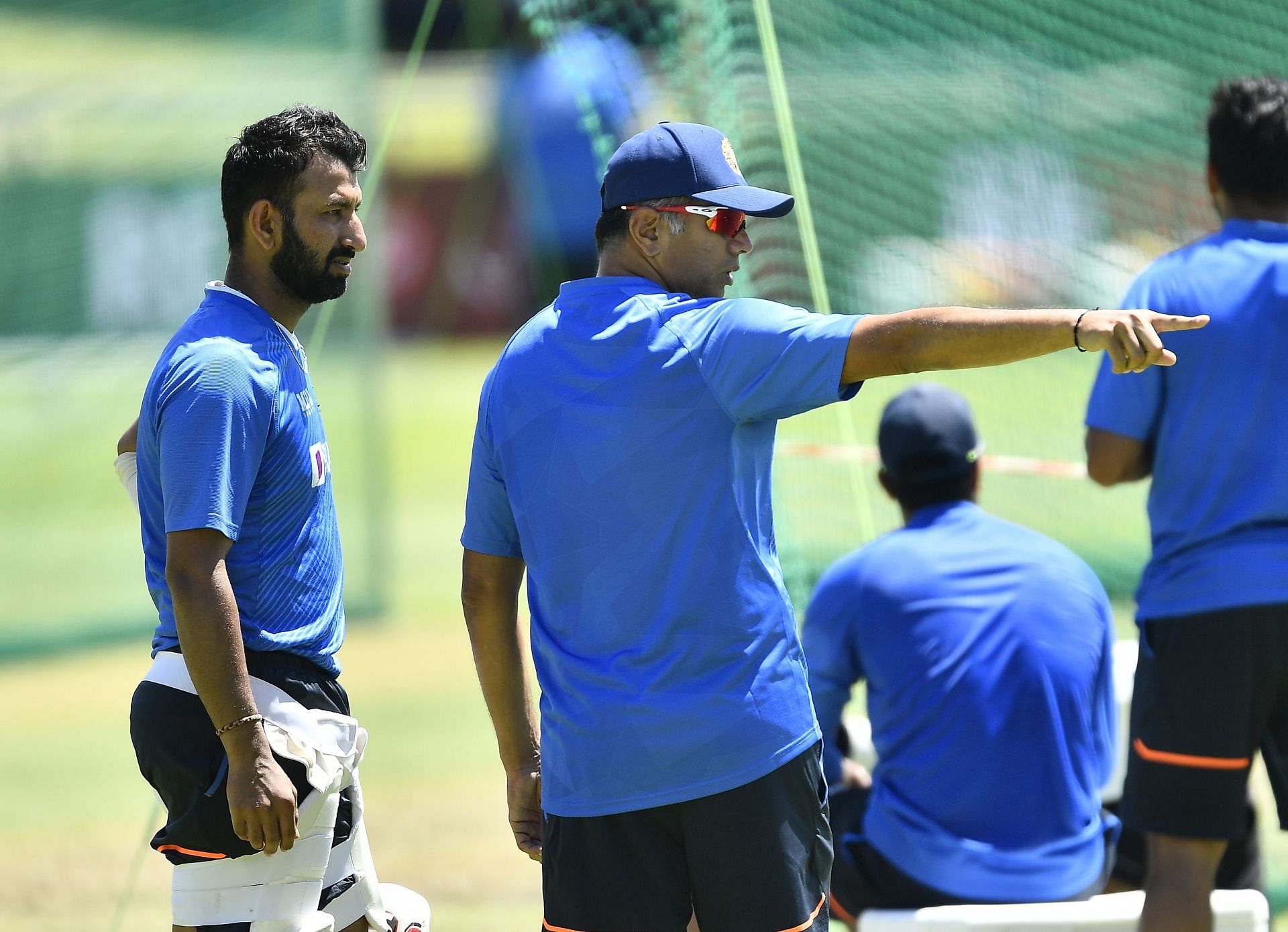
If you have to pick one domain in which Dravid has outshone Shastri as a coach so far, it has definitely been in this department. During Shastri-Kohli's tenure, conspiracy theories were flying thick and hard over alleged rifts in the team and the existence of “camps”. The hearsay only grew as Team India hit a low phase, which became worse with Kohli’s batting slump.
Ever since taking charge, Kohli's sacking saga has been the only major controversy under the Dravid-Rohit regime. But even here it was the selectors who were at fault. Kohli has seamlessly made the switch from leader to senior pro.
Praising Dravid and Rohit for creating a great team atmosphere, veteran keeper-batter Dinesh Karthik commented after his return to the national squad:
“I think it's a very, very different team (compared to what he had seen in his journey over the years). I must admit I'm really enjoying the set-up.
“The kind of calmness that seems to be around this set-up in terms of the coach and captain, I think a lot of credit must go to both of them (Rohit Sharma and Rahul Dravid) because they have set up an atmosphere where they are dealing with failure in the most rational way possible, which I think is a lot of credit to them.”
Having said that, these are still early days in the Indian legend's stint as head coach. Many more challenges are still in store. Once he gets there, a better evaluation can be made of his skills in the role.
Also Read: 3 Team India stars whose spot for the 2023 ODI World Cup is under the scanner
